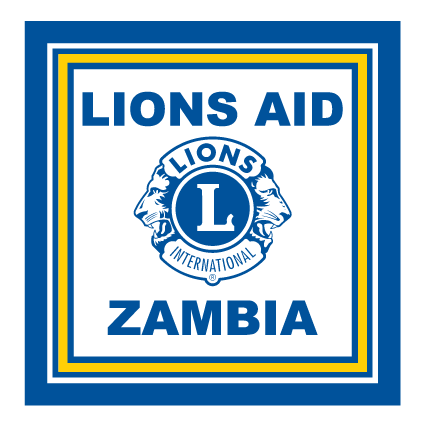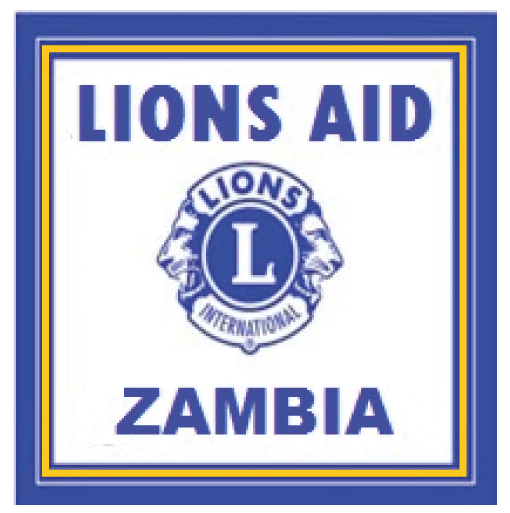ABOUT TRACHOMA
Trachoma is the leading infectious cause of blindness worldwide. It is caused by a bacterium called Chlamydia trachomatis and is one of the known Neglected Tropical Disease (NTDs). The infection is transmitted by direct or indirect transfer of eye and nose discharges of infected people, particularly young children who harbour the principal reservoir of infection. These discharges can be spread by infected flies, hands, clothes or bedding that have been in contact with an infected person. It thrives in impoverished communities where hygiene is inadequate, crowded households, inadequate access to water, inadequate access to and use of sanitation. The most common symptoms of one suffering from Trachoma include Mild itching and irritation of the eyes and eyelids, Eye discharge, Eye pain, Eye redness etc.
After years of repeated infection, the inside of the eyelid becomes so severely scarred (trachomatous conjunctival scarring) that it turns inwards and causes the eyelashes to rub against the eyeball (trachomatous trichiasis), resulting in constant pain and light intolerance; this and other alterations of the eye can lead to scarring of the cornea. Left untreated, this condition leads to the formation of irreversible opacities, with resulting visual impairment or blindness.
Visual impairment or blindness results in a worsening of the life experience of affected individuals and their families, who are normally already amongst the poorest of the poor. Women are blinded up to 4 times as often as men, probably due to their close contact with infected children and their resulting greater frequency of infection episodes.
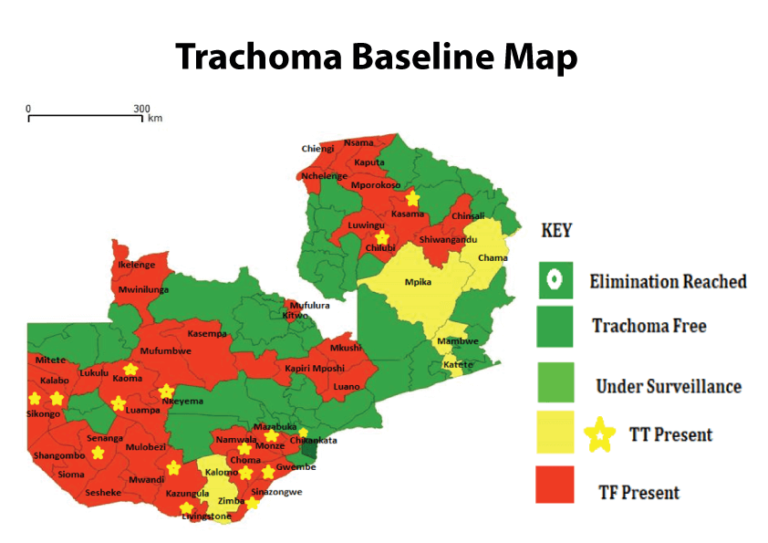
ZAMBIA
In Zambia, Trachoma is a disease of public health concern and was endemic in 44 (now 54) districts at baseline putting at risk of visual impairment and blindness of a population of over 7 million people. Of the 44 districts the highest prevalence of active trachoma was recorded in Gwembe District in Southern Province at 52.9%, however the Western Province recorded the highest number of endemic districts.
Global Fact Sheet
- Public health problem in 44 countries worldwide including Zambia
- responsible for the blindness or visual impairment of about 1.9 million people
- 136 million people live in trachoma endemic areas and are at risk of trachoma blindness.
Source World Health Organisation
We have been working with the Ministry of Health and other partners in delivering interventions to eliminate Trachoma since the year 2012. Our work over the years has resulted in several districts achieving elimination (TF below 5%) with some areas mainly Western part of Zambia still requiring intensified interventions.
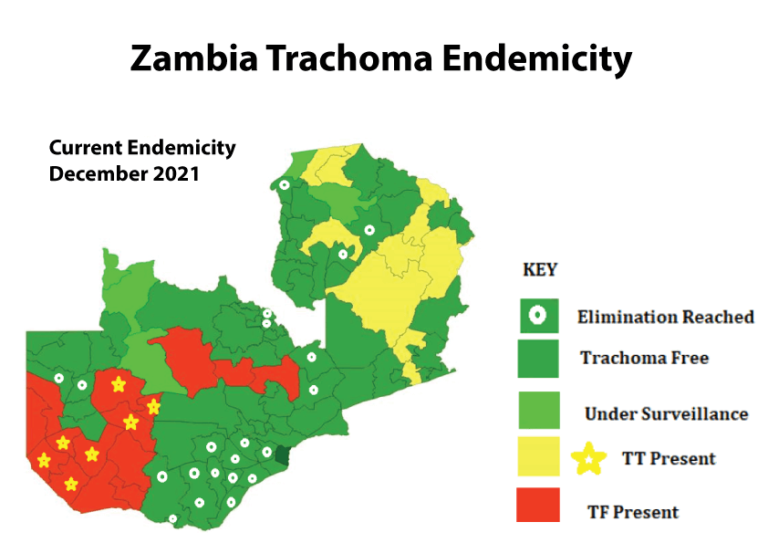
What We Do
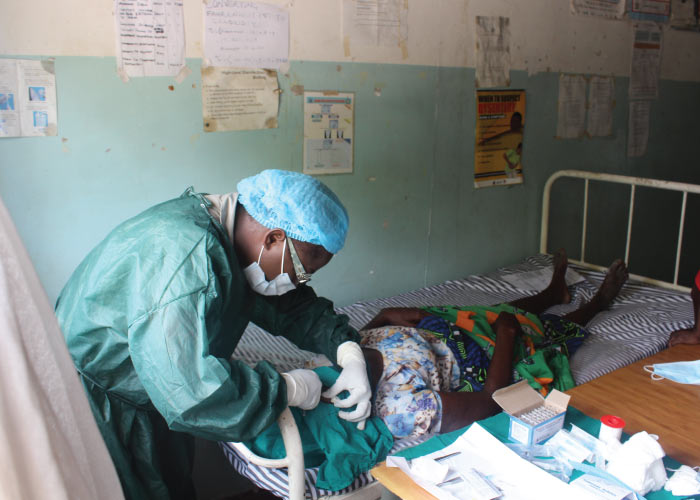
We conduct Surgery to treat people at immediate risk of blindness which is called Trachomatous Trichiasis (TT)
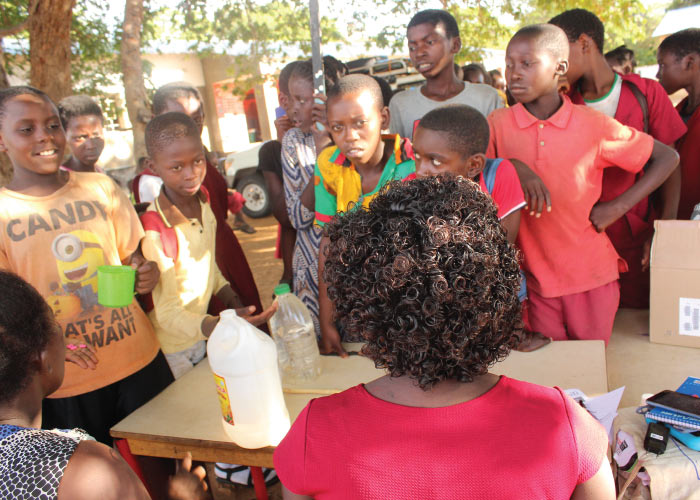
We deliver Antibiotic therapy to treat individual active cases and reduce the community reservoir of infection through Mass Drug Administration
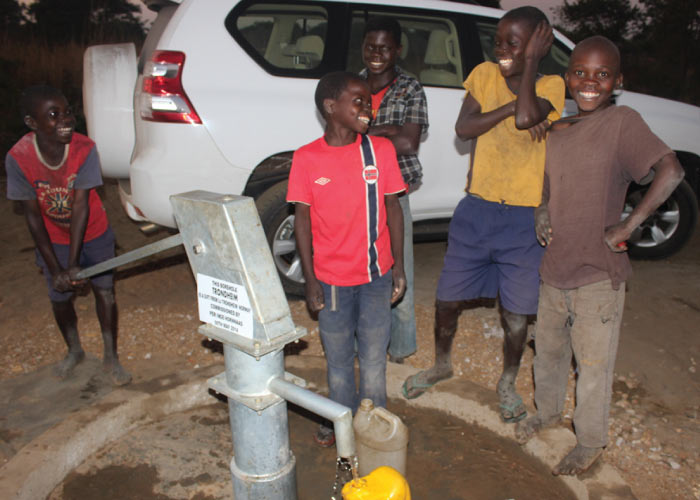
Facial cleanliness and improved hygiene to reduce transmission, Environmental improvements.
Trachoma Elimination Project
Trachoma results from bacterial infection of the conjunctiva by Chlamydia Trachomatis. Repeated infections of the conjunctivae with Chlamydia trachomatis can lead to trichiasis, corneal opacity and blindness.
It prevails in impoverished communities where hygiene is inadequate. Infection occurs primarily among younger children and is transmitted from person to person mainly through contact and sometimes by eye-seeking flies.
I The International Agency for the Prevention of Blindness (2022). Available from: <https://www.iapb.org/learn/knowledge-hub/eye-conditions/trachoma/>
Trachoma is a public health problem in 44 countries which includes Zambia and is responsible for blindness or visual impairment of about 1.9 million people. In Zambia, following prevalence surveys conducted, it was established that Trachoma was a disease of Public Health concern in 54 out of the 116 districts. Of the 54 districts the highest prevalence of active trachoma was recorded in Gwembe District in Southern Province at 52.9%, however the Western Province recorded the highest number of endemic districts.
Zambia adopted the WHO SAFE strategy as the intervention of choice for trachoma elimination. This strategy ensures Surgeries for persons with trichiasis, Antibiotic treatment through Mass Drug Administration for persons at risk of trachoma, and behavior change prioritizing Facial cleanliness and Environmental hygiene.
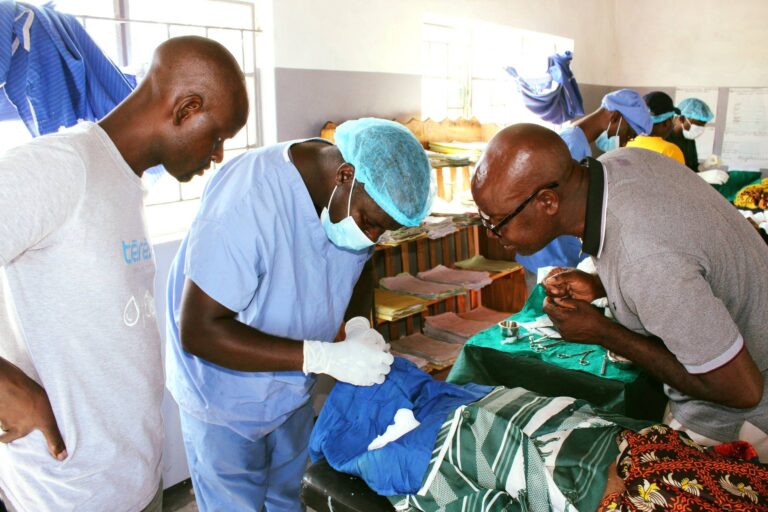
Surgery is delivered as an intervention in districts with a Trachomatous Trichiasis (TT) prevalence of above 0.2%.Working with trained TT Surgeons resident in the target district, we have delivered surgeries in nine (9) districts of Western Province.
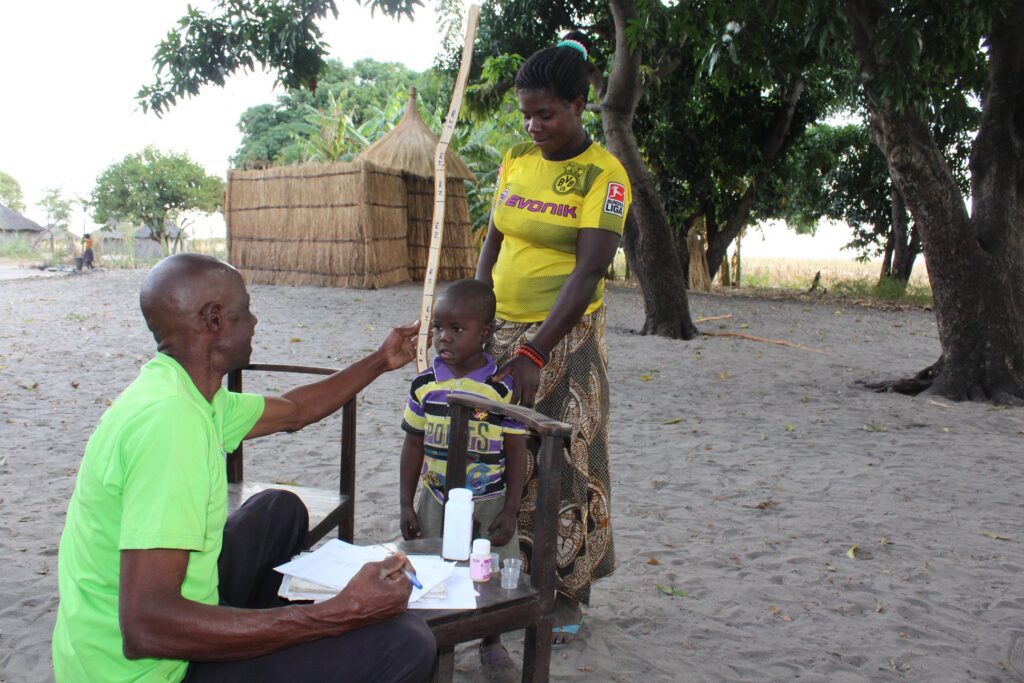
Treatments of azithromycin through Mass Drug Administration (MDA) are delivered to districts with active trachoma prevalence above 5%.
We have delivered MDAs in seventeen (17) districts. This has been achieved through engagement of key stakeholders at all levels from national, provincial, district to sub district.

F&E messages are delivered along side all the interventions to the target districts.
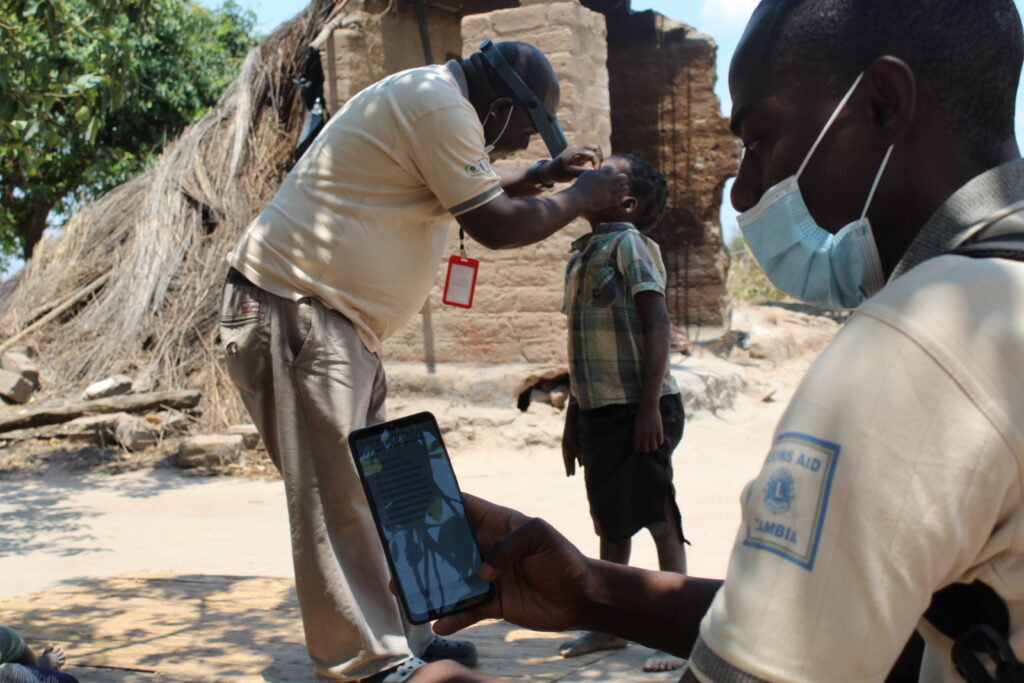
We conduct surveys whose results inform us on the progress to trachoma elimination made to date. Three types of surveys are undertaken in order to determine active trachoma (TF) and trichiasis (TT) in a district
Baseline surveys – the first survey to determine trachoma prevalence (if interventions are needed or not and the likely duration of treatment).
Impact surveys carried out after implementation of interventions for active trachoma to assess impact (decide if further treatment needed).
Surveillance surveys – Two years after an impact survey shows TF <5%, a surveillance survey is carried out to confirm that active trachoma has not re-emerged.
